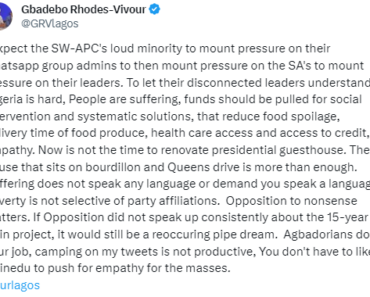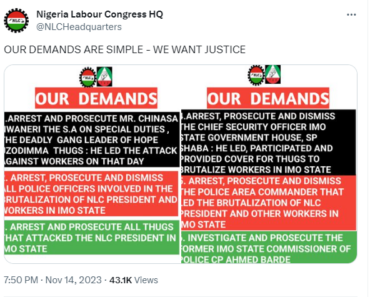[ad_1]
The Rise of Free Shipping: How It’s Changing the E-commerce Landscape
In recent years, one trend that has taken the e-commerce world by storm is the rise of free shipping. It seems like almost every online retailer is offering this perk to their customers. What was once a luxury has now become an expectation for online shoppers. But how did free shipping become such a game-changer and what impact is it having on the e-commerce landscape?
The origins of free shipping can be traced back to the early days of e-commerce when online retailers were trying to compete with brick-and-mortar stores. In an effort to entice customers to shop online, many retailers began offering free shipping as a promotional tool. It was viewed as a way to make the online shopping experience even more convenient and cost-effective for customers.
Initially, free shipping was limited to certain promotional periods or minimum order thresholds. However, as online shopping became more popular, retailers started incorporating free shipping into their business models on a permanent basis. Today, it’s common to see online retailers offering free shipping year-round, regardless of the order size.
The shift towards free shipping has dramatically changed the expectations of online shoppers. With more and more retailers offering this perk, consumers have come to expect it as a standard feature. In fact, a study conducted by comScore found that 58% of online shoppers have abandoned their shopping carts due to high shipping costs.
As a result, many online retailers have had to adapt to this new normal and find ways to absorb the costs associated with free shipping. Some have increased product prices to compensate for the shipping expenses, while others have implemented a minimum order threshold to qualify for free shipping. Additionally, some retailers have partnered with third-party logistics providers to negotiate better shipping rates, enabling them to offer free shipping without sacrificing their profit margins.
The rise of free shipping has not only changed customer expectations but has also impacted the e-commerce landscape in several ways. For one, it has forced smaller online retailers to compete with larger, well-established players who can afford to offer free shipping. This has led to a consolidation of the e-commerce market, with smaller retailers struggling to keep up.
Moreover, the prevalence of free shipping has blurred the line between online and offline retail. Brick-and-mortar stores have felt the pressure to compete by offering free shipping or implementing click-and-collect services, where customers can buy online and pick up in-store. This convergence of online and offline shopping experiences has created a more seamless and convenient shopping environment for consumers.
Another consequence of free shipping is the increased demand for fast delivery options. With free shipping becoming the norm, many consumers now expect their orders to arrive within a few days, if not sooner. This has led to the rise of expedited shipping options, such as same-day or next-day delivery, which are now being offered by many online retailers.
In conclusion, the rise of free shipping has forever changed the e-commerce landscape. What was once a promotional tool has now become a customer expectation. Online retailers have had to adapt their business models to accommodate this shift, leading to a consolidation of the e-commerce market and increased competition with brick-and-mortar stores. Furthermore, the demand for fast delivery options has intensified, making expedited shipping a new battleground among retailers. As the e-commerce industry continues to evolve, free shipping will remain a crucial aspect that shapes the future of online shopping.[/gpt3]
[ad_2]
→ READ ALSO : The Pros and Cons of Buying Online: What You Need to Know
→ READ ALSO : Unlocking the Potential: Understanding the Benefits of Cord Blood
→ READ ALSO : How Will the Surge in Gas Prices Affect Your Finances?
Suivez tous les scores en direct ici !
























